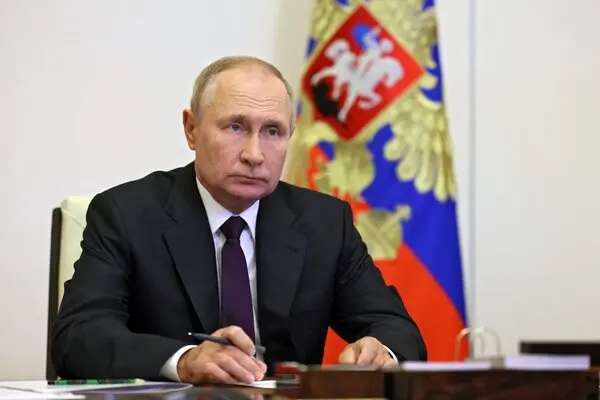Polling stations have closed in half of Australia’s states as the country grapples with its first referendum in a generation. The vote revolves around the pivotal question of whether to address Indigenous disadvantages by establishing a new advocacy committee within the country’s constitution. The referendum closed first in New South Wales, Victoria, and Tasmania at 6 p.m. local time (07:00 GMT), while South Australia, Queensland, and Western Australia, in different time zones, saw their polling stations shuttered three hours later.
The proposal for an Indigenous Voice to Parliament has sparked considerable division within Australia’s Indigenous minority as well as the wider population. Indigenous activist Susanne Levy criticized the proposal, stating it would be a setback for Indigenous rights imposed by non-Indigenous Australians, emphasizing that Indigenous voices have always existed but might not have been heard by the broader population.
In response to the referendum, Levy spent the day at the Aboriginal Tent Embassy, an Indigenous land rights protest located in Canberra, the national capital. This protest site has been a symbol of Indigenous resistance since 1972 and has historically stood in close proximity to the Australian Parliament.
On the other side of the debate, Arnagretta Hunter, a supporter of the “yes” campaign, expressed sympathy for the concerns of those opposing the Indigenous Voice. Nevertheless, she believes that establishing the Voice in the constitution is a significant step forward for the nation, allowing Indigenous voices to be heard and considered in the decision-making process.
The proposed Indigenous Voice would create a committee comprised of Indigenous Australians who would advise the Parliament and government on issues affecting the nation’s most disadvantaged ethnic minority. Proponents of the Voice argue that it would lead to more effective delivery of government services and better outcomes for Indigenous lives. Indigenous Australians face significant disparities, with a lower life expectancy, a higher suicide rate, and a higher prevalence of diseases, particularly in remote areas.
The referendum witnessed a significant number of voters, with almost 18 million Australians eligible to participate, marking the country’s first referendum since 1999. Approximately 6 million people cast their ballots in early voting over the past three weeks. Additionally, around 2 million postal votes will be counted within 13 days of the referendum’s closure.
The result is expected to be revealed later on the day of the vote, provided there is no close outcome. To pass, a majority of Australians must vote “yes,” and there must be a majority in at least four of the six states. Despite the government’s push for the referendum, recent opinion polls suggest a strong majority of Australians oppose the proposal. If passed, it will be the first successful constitutional amendment since 1977 and the first to do so without bipartisan support from major political parties.
Critics have described the Indigenous Voice as “another layer of democracy” that might not yield practical outcomes. Senator Lidia Thorpe, an Indigenous member of parliament, voted “no,” highlighting the need for grassroots solutions to Indigenous issues.
Prime Minister Anthony Albanese, who supported the “yes” campaign, visited every Australian state and mainland territory in the past week, countering critics who claimed the proposal had created division. He argued that the true division in Australia lies in the disparities in living standards between Indigenous people and the wider community.














